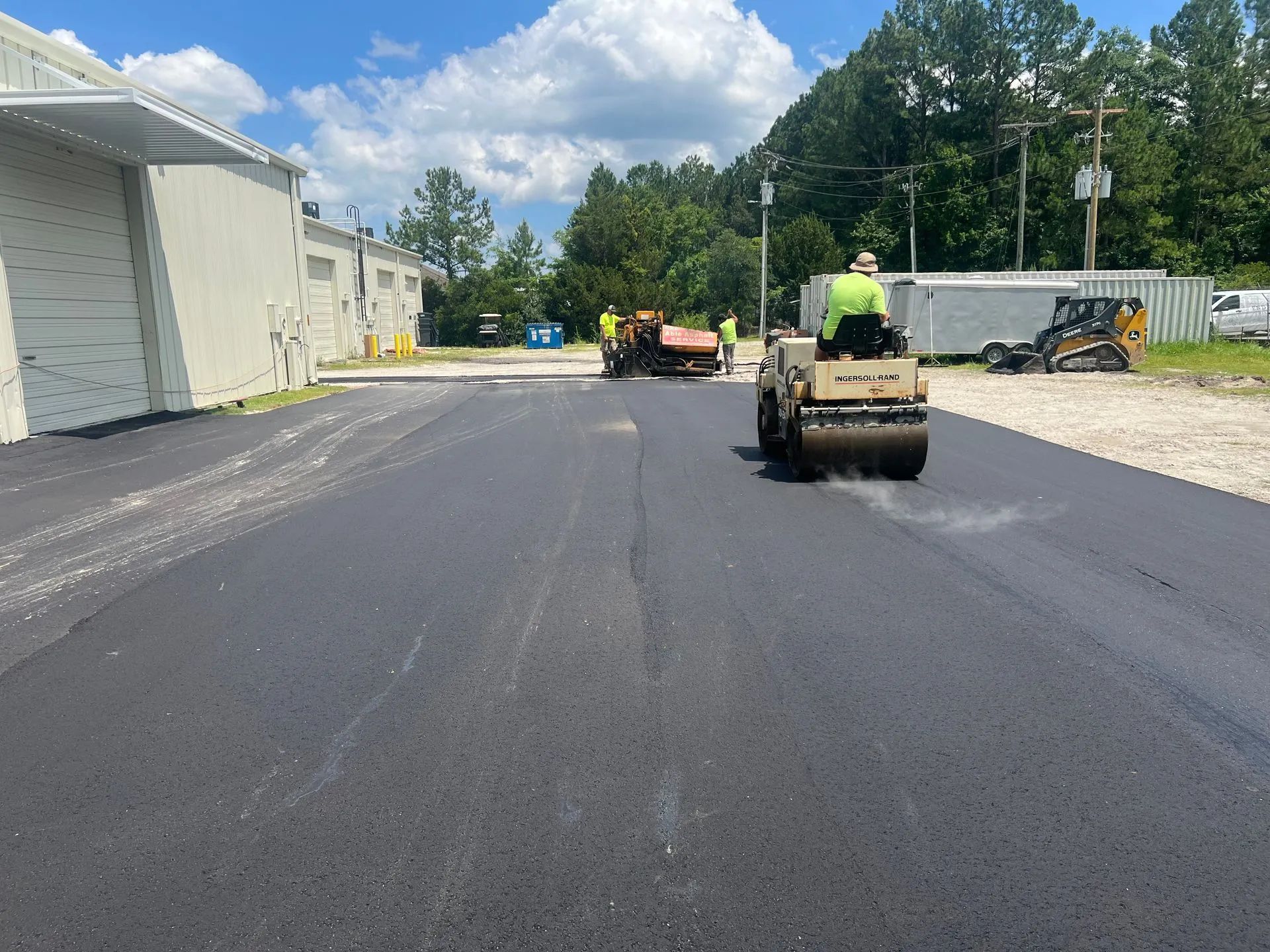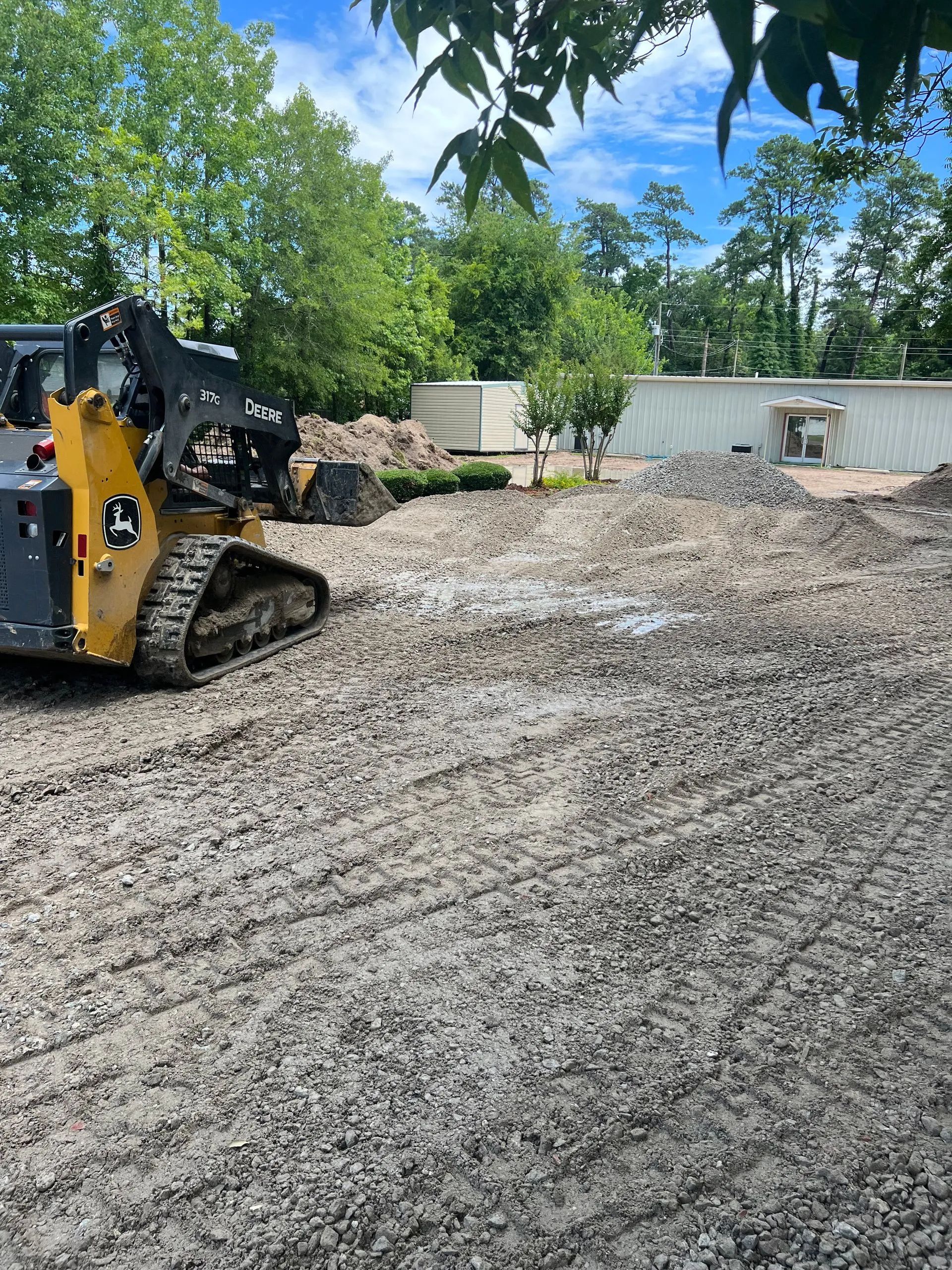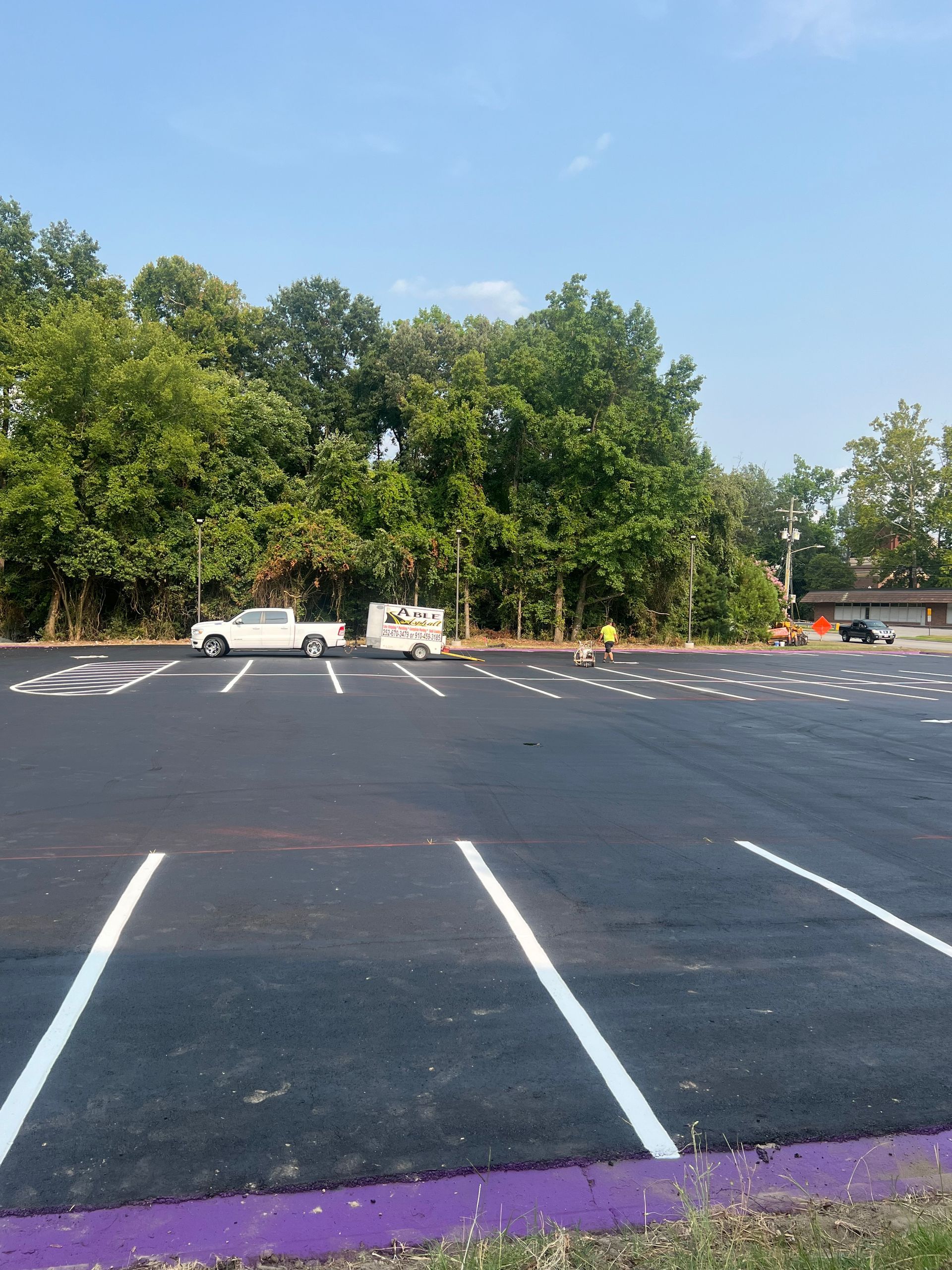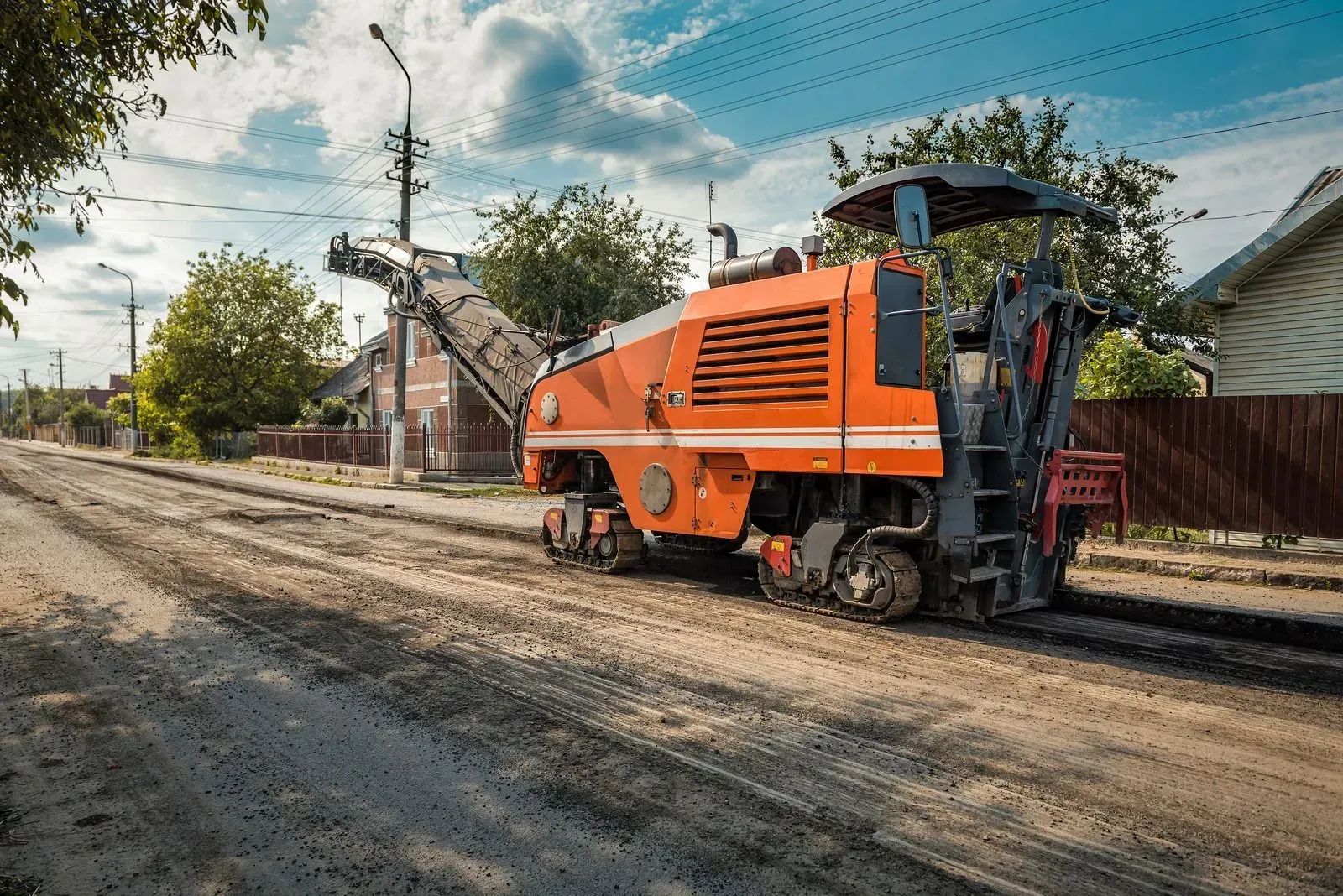Crack Filling vs. Patching: What’s Best for Small Asphalt Repairs?
Asphalt surfaces are built to last, but over time, even the best driveways and parking lots show signs of wear. In North Carolina’s fluctuating weather, small cracks and potholes can form quickly from water, UV exposure, and traffic. When that happens, the key is addressing damage early—before it spreads and becomes costly. But how do you know whether crack filling or patching is the right fix? Both are effective methods for repairing asphalt, but they serve different purposes. This guide from Able Asphalt Paving Inc.
explains each process, when to use them, and how to protect your pavement for years to come.
1. Crack Filling: The First Line of Defense
Crack filling is ideal for smaller, non-structural cracks that develop over time due to temperature changes and natural settling. These cracks typically measure less than a quarter-inch wide and appear as thin lines across the surface. In this process, contractors clean out the cracks, removing debris and moisture, then fill them with a specialized asphalt emulsion or rubberized sealant. Once hardened, the filler prevents water and dirt from seeping below the surface.
Benefits of crack filling include:
- Extends the pavement’s lifespan by preventing deeper structural damage.
- Protects against water infiltration that leads to potholes.
- Offers a fast, affordable solution for minor issues.
- Can be performed annually as part of regular maintenance.
Best for: Homeowners and businesses looking to stop damage early and preserve their existing asphalt.
2. Patching: A Stronger Fix for Bigger Problems
When cracks are wider, deeper, or have already turned into potholes, patching is the better choice. This method repairs areas where the surface or sub-base has been compromised. There are different types of patching, including:
- Throw-and-roll patching: A temporary fix where hot or cold mix asphalt is applied and compacted quickly.
- Semi-permanent patching: Involves removing damaged asphalt, cleaning the area, and applying new material for a long-lasting repair.
- Full-depth patching: The most durable option, replacing the asphalt and underlying base to restore full strength.
Benefits of patching include:
- Restores surface integrity and eliminates tripping hazards.
- Prevents further deterioration caused by water and vehicle pressure.
- Enhances curb appeal by creating a smooth, uniform surface.
Best for: Driveways or parking lots with potholes, large cracks, or uneven surfaces.
3. Combining Crack Filling and Patching for Long-Term Results
For many property owners, the best approach is a combination of both methods. Regular crack filling prevents small issues from turning into large repairs, while targeted patching addresses deeper damage when needed. Following up with sealcoating—a protective layer applied over the entire surface—adds another level of defense against oxidation, moisture, and sun damage. With routine maintenance, asphalt can last 20–25 years or more.
4. When to Call a Professional
While small do-it-yourself crack repairs may seem tempting, professional paving contractors ensure proper materials, temperature, and application for lasting results. Expert assessment helps determine the true cause of the damage and prevents recurring problems.
Jacksonville’s Asphalt Repair Experts
Whether your asphalt shows small surface cracks or deeper potholes, choosing the right repair method is key to saving money and extending pavement life. With 15 years of experience, Able Asphalt Paving Inc. in Jacksonville, North Carolina, specializes in reliable, affordable asphalt maintenance for driveways, roads, and parking lots. Our skilled team uses proven crack filling and patching techniques to restore strength and appearance—protecting your investment from future wear. From minor fixes to full-scale paving projects, Able Asphalt Paving Inc. delivers results that last. Trust the local experts who keep North Carolina’s pavement looking its best, one repair at a time.







